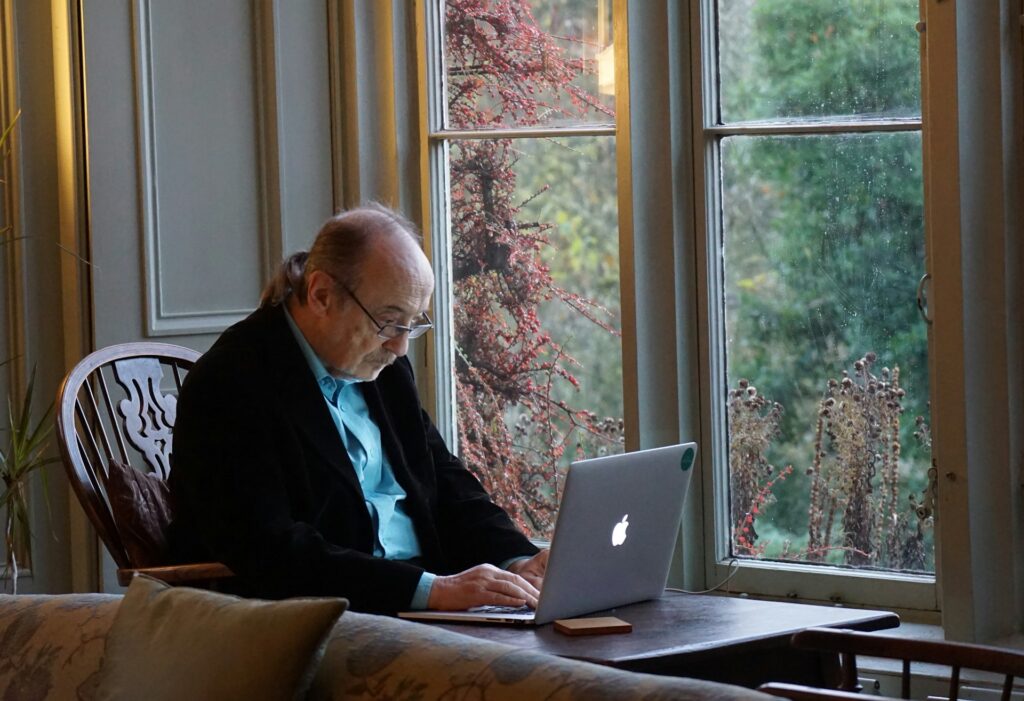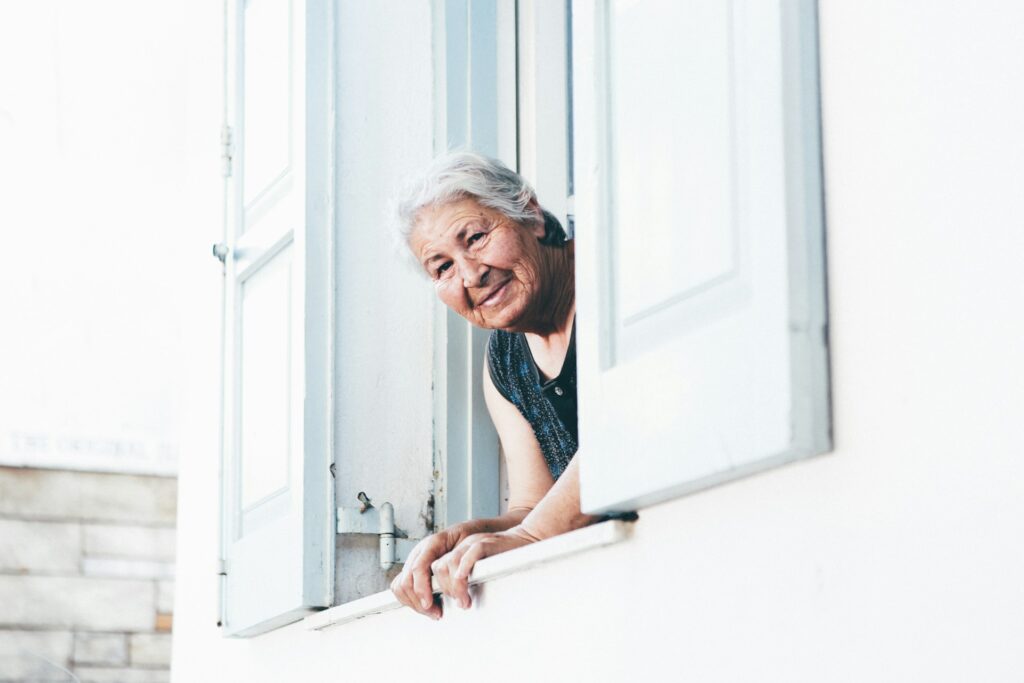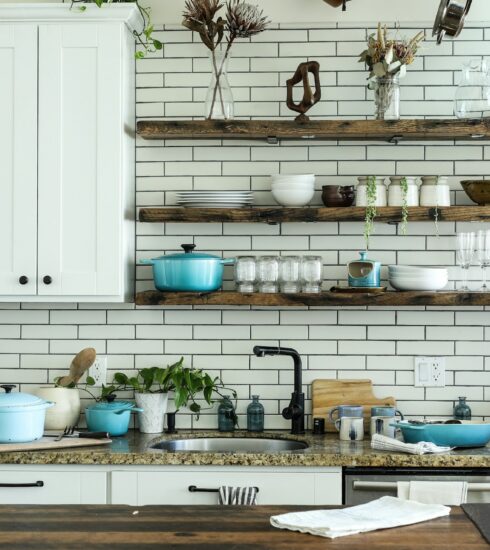The Real Problems with Aging in Place (And Why It’s Riskier Than You Think)
Key Takeaways
- Aging in place sounds good, but it often hides big risks.
- Financial strain, unsafe homes, and social isolation are real issues.
- Most homes aren’t built for aging adults — not even close.
- Families take on caregiving roles they’re not prepared for.
- Seniors often lose access to healthcare, groceries, and friends.
- Without serious planning, independence can turn into neglect.
1. Why Aging in Place Isn’t Always the Safer Option
You probably hear it all the time — “I just want to stay in my home.” Most older adults say this. Staying in familiar surroundings feels safe, comfortable. Feels like freedom. But here’s the twist — sometimes that same house becomes a trap.
Let’s call it what it is: aging in place has it’s benefits. But it also has risks like anything else. The problems with aging in place can creep up on families so slowly they don’t notice until there’s an accident. Or a hospital trip. Or burnout.
So, what’re the issues?
- Who’s watching for signs of dementia?
- Who’s fixing the leaky roof or icy stairs?
- Can mom still cook safely?
- What if she falls and no one knows for hours?
These aren’t theoretical questions. They’re daily life for thousands of families who thought staying at home was the best move — until it wasn’t.
Let’s get into what’s actually going wrong and why some families question the aging-in-place dream.
2. The Money Doesn’t Stretch — and That’s Just the Start
Most folks assume staying at home must be cheaper than assisted living. And sometimes it is. But only on paper.
Let’s look closer.
| Cost Area | Typical Monthly Expense |
| In-home caregiver (40 hrs/week) | $4,500+ |
| Home health nurse (weekly) | $1,200 |
| House maintenance + repairs | $500–$1,000 |
| Home modifications | $10,000+ (one-time) |
| Emergency alert systems | $30–$100/month |
A fixed income won’t cut it. Not for long.
Now throw in surprise medical bills, property taxes, maybe a furnace that dies in January. There’s your budget — gone.
And don’t forget:
- Medicare won’t cover home modifications.
- Long-term care insurance? Most folks don’t have it.
- Adult children often pick up the slack, burning through their savings too.
Financially, aging in place can spiral fast. Especially when care needs increase. A house may be “paid off,” but the costs don’t stop.
3. Most Homes Are Time Bombs Waiting for a Misstep
You walk into a house built in 1978. Carpeted stairs, narrow hallways, tubs you have to climb into. That was fine once. But now?
It’s a minefield.
Only 10% of American homes are aging-friendly. You need:
- A zero-step entry
- Wide doorways for walkers or wheelchairs
- A bathroom you can actually move around in
- A shower that won’t kill you when you slip
And yet, here’s the thing — most families don’t do these upgrades until after a fall. That’s backwards.
Home repairs get skipped too. A leaky faucet turns into mold. Broken tile becomes a tripping hazard. Small stuff builds up.
Then there’s hoarding. Or clutter. Or just being too tired to clean. These things don’t just make a house messy — they make it dangerous.
Want to test if a home is “aging ready”? Try walking through it with your eyes closed and imagine needing a walker. That’ll give you an idea.
4. When Your Body Stops Keeping Up, the House Doesn’t Wait
This one’s hard to talk about. No one wants to admit when they’re slowing down. But it happens.
Stairs become exhausting. Cooking feels risky. Showers? Terrifying. All the stuff that used to be easy — it gets tricky.

Common physical issues that turn homes into traps:
- Arthritis (hard to open jars, lift pots, even use doorknobs)
- Vision loss (missed steps, misjudged distances)
- Hearing loss (can’t hear the stove beep, or the smoke alarm)
Then there’s cognitive stuff. Memory starts slipping. Confusion shows up during dinner. Keys disappear. Food burns. Doors get left open.
Worse still: these changes are often slow. People don’t see them coming. Until one day, someone forgets to turn the burner off. Or gets lost walking around the block.
It’s not just about “being careful.” It’s about knowing what’s coming and preparing for it before it hits.
5. Loneliness Doesn’t Just Feel Bad — It Wrecks You
Aging in place often means aging alone. And it messes with people in ways we don’t always see right away.

Humans are social. When you don’t talk to anyone for days, weeks — your brain starts to shift. Depression shows up. Then memory starts to slip faster. Appetite drops. Mobility gets worse.
Loneliness is quiet, but it’s deadly.
Signs it’s happening:
- They stop answering the phone
- TV is on all day just for background noise
- Meals skipped
- Hygiene slips
And most of it gets brushed off as “just getting old.” But it’s not that simple.
Some folks lose touch with friends. Others stop going to church or the senior center because they can’t drive. And suddenly, all their social contact is gone.
And the weird part? You can be lonely even if your family checks in every day. It’s not about phone calls — it’s about connection. Real, human, face-to-face time. Without it, everything suffers.
6. Transportation Woes That Keep Seniors Stuck Inside
You lose the keys. You give up the car. Maybe it’s because of vision. Maybe it’s meds messing with balance. Maybe the doc says it’s time. Doesn’t matter why. The result is the same — you’re stuck.
Driving is freedom. Not driving is isolation.
Here’s where the problems with aging in place really start to snowball. Without a car:
- You can’t pick up your own meds
- Groceries become a whole thing
- Doctor appointments get skipped
- Church, bingo, lunch with friends? All off the table
And public transit? Please.
In cities, maybe there’s a bus. Maybe. In rural areas? Forget it. No Uber. No train. No options. And no independence.
Some families say, “We’ll drive mom around.” That works… for about two months. Then work gets in the way. Then someone’s kid has soccer. Then it’s not just one doctor appointment a week — it’s four.
The math doesn’t work. People get overwhelmed. Seniors stop asking.
And here’s the truth:
A person who can’t leave their house when they want, how they want, is not independent — they’re just homebound.
7. Caregivers Burn Out — Or Disappear Entirely
Families step in. That’s the deal, right?
But it doesn’t always go the way folks imagine. Adult children are working. They’ve got their own families. And suddenly they’re also coordinating meds, managing fall risks, driving to endless appointments, and maybe even helping with bathing or meals.
It’s too much.
A few months in, the signs show up:
- Snapping at loved ones
- Missing work
- Losing sleep
- Guilt. Always guilt.
Burnout is real. And it’s not rare. According to [source 6], 1 in 3 family caregivers rate their stress level as “high.” That’s not sustainable.
Then there’s the issue of professional caregivers. They’re in short supply. Good ones are expensive. Bad ones can be a risk. And getting consistent help? That’s like winning the lottery.
Plus, turnover in home care is sky high. You train someone, trust them — then they quit. And you start over.
There’s this silent crisis happening in homes all over the country. Families are stretched thin, and there’s no safety net. That’s one of the most overlooked problems with aging in place — the invisible load it drops on the people who love you most.
8. Food Gets Scarce, Then Health Follows
You’d think food would be the last problem. But for many aging adults living alone — it’s the first one to go sideways.
They can’t get to the store. Delivery? Not available. Or they just forget to order.
Or, maybe they get there — but can’t carry the bags back inside. Then stuff sits in the car. Spoils. Wasted money. No groceries next time.
Then there’s cooking. A stove gets too risky. Microwave meals become the norm. Or worse — nothing at all.
What happens next?
- Weight loss
- Weakness
- Malnutrition
- Medication not working right (some meds need food)
And no one notices until someone lands in the ER. Dehydrated. Confused. Or fainted.
Let’s be clear: food insecurity for seniors living at home is rising. Especially in rural places. Especially for folks without help.
And yet, people think they’re “fine” because the house looks okay. But open the fridge. That’s where the truth is.
9. Communities Are Not Built for This
Let’s say everything else works out. You’ve got money. A caregiver. Meals. Safety bars. The works.
But if your neighborhood doesn’t work with you — it’s still not enough.
The outside matters. Here’s what often gets missed:
- No sidewalks, or sidewalks that are cracked and dangerous
- No ramps, just stairs
- No nearby pharmacy, clinic, or senior center
- Nowhere to go, and no way to get there
Urban planning didn’t account for aging. And now millions of seniors are stuck in places they helped build — but can’t move around in.
Even something simple like walking to the mailbox can be risky. One wrong step on a badly lit path and boom — broken hip.
So what do they do? They stay inside. Again.
What was supposed to be independence turns into isolation — again.
And here’s the kicker: neighborhoods aren’t changing fast enough. Which means the same risks will be there next year. And the next.
Final Thoughts: When Aging in Place Becomes More Risk Than Reward
There’s this story we tell — that staying home is always best. Always safer. Always what people want.

But that’s not always true. Not when:
- The house isn’t safe
- The food runs out
- The caregivers collapse
- The loneliness creeps in
The problems with aging in place are real. And they don’t fix themselves.
That doesn’t mean it can’t work. It can. But not without planning. Not without honest conversations. Not without support.
So if you’re wondering whether aging in place is the right move for your family — look beyond the surface. Look past the pretty idea and into the actual day-to-day reality.
That’s where the answers live.
FAQs About the Problems with Aging in Place
Is aging in place cheaper than assisted living?
Sometimes, but not always. Home modifications, caregiver costs, and home maintenance add up fast. It depends on the level of care needed.
What kind of home modifications are necessary?
At minimum: grab bars, zero-step entry, wider doorways, accessible bathrooms, slip-resistant flooring. These changes aren’t cheap.
What if my parent lives in a rural area with no services nearby?
That’s a red flag. Rural areas often lack transportation, caregivers, and emergency services. Without backup, aging in place may not be safe.
How can I tell if my loved one is struggling at home?
Watch for signs like weight loss, confusion, missed meds, clutter piling up, poor hygiene, or increased falls. These are warning signs.What’s the best way to prepare for aging in place?
Start early. Do a full home safety assessment, build a financial plan, and line up caregiving help before it becomes urgent.





